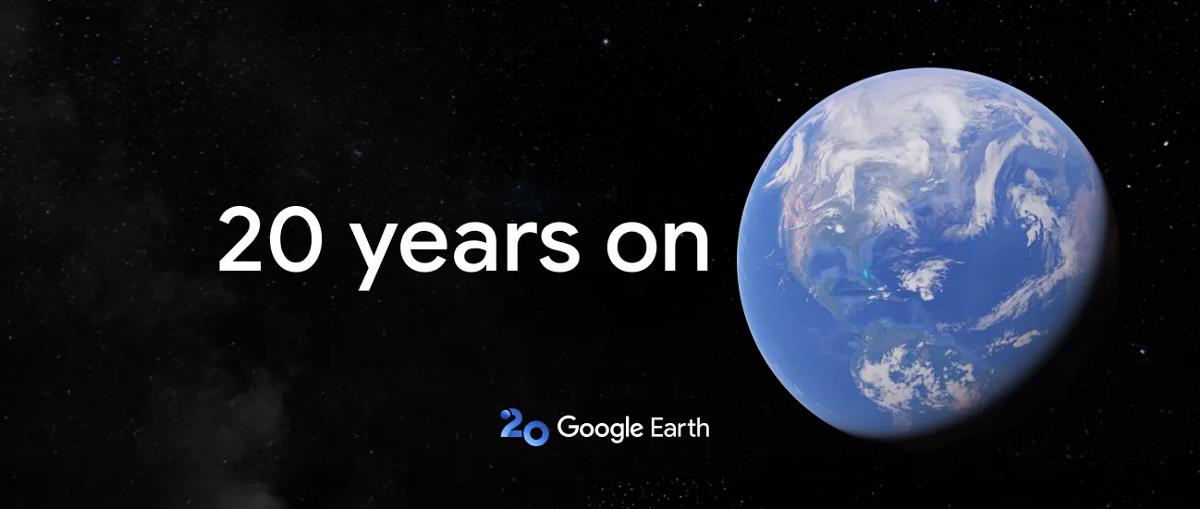The Forgotten Growth Hacker: Artificial Intelligence Developer
Growth hacking has come a long way from its humble beginnings of viral loops and referral schemes. Today's most successful growth strategies use advanced data analysis, predictive modeling, and automated experimentation, skills that require the unique talent of an artificial intelligence creator. And yet, most growth teams forget about this crucial role, passing up the potential for exponential growth through smart systems.
Growth hacking has come a long way from its humble beginnings of viral loops and referral schemes. Today's most successful growth strategies use advanced data analysis, predictive modeling, and automated experimentation, skills that require the unique talent of an artificial intelligence creator. And yet, most growth teams forget about this crucial role, passing up the potential for exponential growth through smart systems.
Data-Driven Growth Intelligence
Old growth hacking is based so much on gut feel, A/B testing, and human interpretation of user behavior patterns. A growth hacker makes it a more efficient process with machines that automatically identify opportunities for growth, forecast user behavior, and make real-time conversions optimal.
The AI creator builds growth intelligence platforms that handle user behavior data at scale, picking up trends and opportunities that are less likely to be spotted by human analysts. The platforms are capable of detecting subtle signals that indicate user churn, discover high-value user segments, and suggest personalized growth interventions for various types of users.
Personalized Growth Experiences
Mass-marketing tactics no longer function since consumers presently anticipate one-of-a-kind, bespoke experiences across all touchpoints. An AI builder allows growth teams to develop highly tailored acquisition and retention tactics that adjust to specific user characteristics and behaviors.
Personalized onboarding is an impressive growth optimization use case for AI. An AI engineer can build systems that profile user attributes on sign-up and tailor onboarding to drive maximum engagement and conversion by segment. This type of personalization has proven to significantly boost activation rates over cookie-cutter strategies.
Predictive Growth Analytics
Of greatest worth will likely be the skill of the artificial intelligence designer to conduct predictive analytics that push the results of growth before they happen. The systems can predict which users are likely to convert, churn, and what ones possess the highest potential lifetime value.
This prognostic capability allows for anticipatory growth intervention instead of reactive response on downturn metrics. Growth teams are able to detect and fix upcoming churn before it occurs, maximize acquisition spend on user segments with highest value predicted, and maximize resource allocation on predicted outcomes instead of past performance.
Artificial intelligence developers can automate many growth optimization processes that would otherwise require constant human labor. These types of systems can automatically optimize ad spend on the basis of forecasted performance, deliver optimized send times based on each individual user behavior patterns, and optimize content recommendation to maximize engagement.
The automation is also applied to experimentation practice. A developer of artificial intelligence can introduce systems that automatically create test hypotheses, specify experiments, and examine results to detect winning variations. The automation significantly speeds up growth optimization pace as well as effort demands on growth teams.
Advanced Segmentation and Targeting
Legacy user segmentation is based on demographics and simple behavior facts. An AI builder allows use of advanced segmentation by predictive models, behavioral patterns, and multifaceted user attributes that human analysts cannot interpret directly.
These sophisticated segmentation capabilities allow growth teams to develop clearly defined campaigns that appeal to targeted user groups. The AI-based builder can pick up on user segments that would be most responsive to particular messaging, provide kinds, or product functionality, allowing for more effective and less wasteful growth campaigns.
Viral Growth Intelligence
The viral growth mechanism is boosted by the sophisticated analysis features provided by the AI builder. They are able to determine who the most active users are for recommending others, estimate various product feature viral coefficients, and optimize sharing mechanisms according to user behavior patterns and social network analysis.
This type of intelligence would have a tendency to reveal more indirect opportunities to generate viral growth. The AI developer can reveal certain user actions that are most predictive of referral activity, best moments for asking for referrals, or user characteristics that predict high viral capacity.
Retention and Engagement Optimization
User retention is probably the most difficult part of growth hacking, and AI engineers have mastered designing brilliant retention machinery. They can put in early warning signs to detect users at risk of churn and initiate automatic personalized retention treatments.
The AI creator develops engagement optimization platforms that change according to individual preference and behavior patterns for every single person. The platforms are able to personalize content streams, optimize when to inform users, and suggest features or actions most likely to continue to engage each user.
Growth Attribution and ROI Analysis
An AI platform launches advanced attribution modeling power that enables growth teams to know what strategies, campaigns, and channels are delivering best-quality growth. These models can attribute for each complex user journey and multi-touch attribution situation that traditional analytics tend to miss.
Attribution intelligence is likely to surprise everyone with unexpected insights into effectiveness of growth channels and cost of user acquisitions. The AI developer can determine which set of touchpoints is yielding the most lifetime value users and optimize acquisitions based on it accordingly. Scalable Growth Infrastructure
In contrast to backwood growth hacking methods that are usually always manually optimized, an AI builder develops growth systems that learn and become increasingly intelligent as they grow. The systems get better with increased data and users, building compounding growth benefits that accumulate over time.
The growth hacker's role as artificial intelligence maker represents an ontological shift in the way companies deal with user acquisition, activation, and retention. Businesses that use this skill possess gigantic advantages when it comes to efficiency, efficacy, and scalability of their growth efforts.



















































































































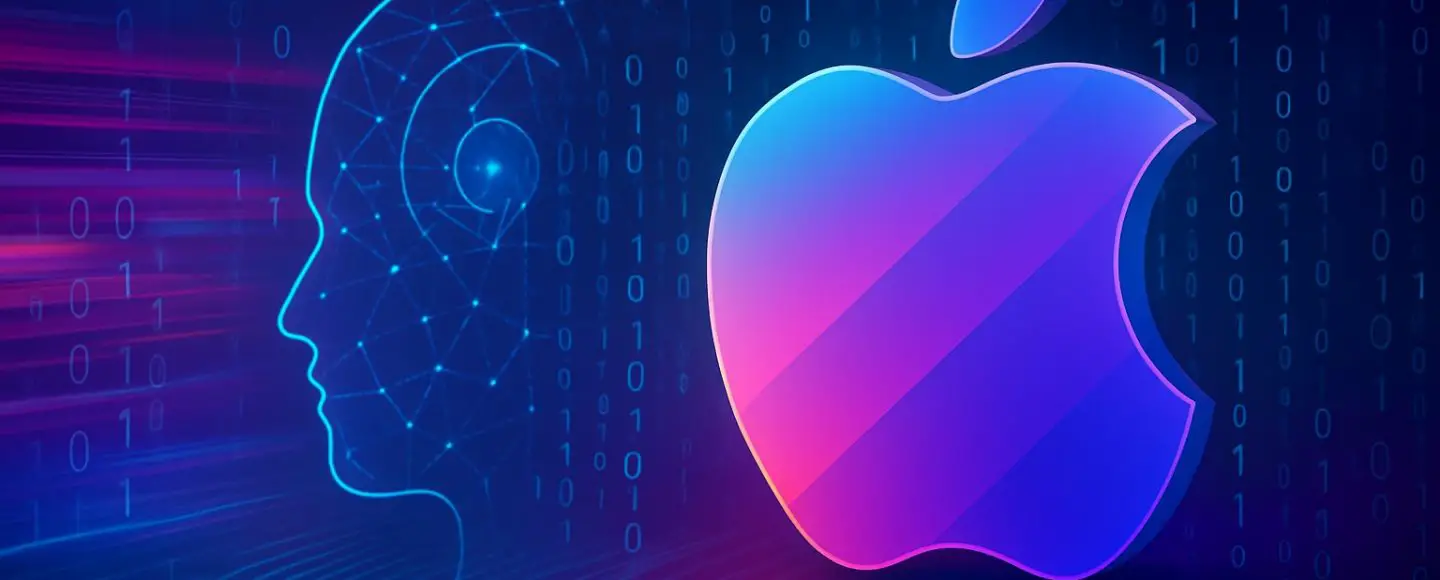







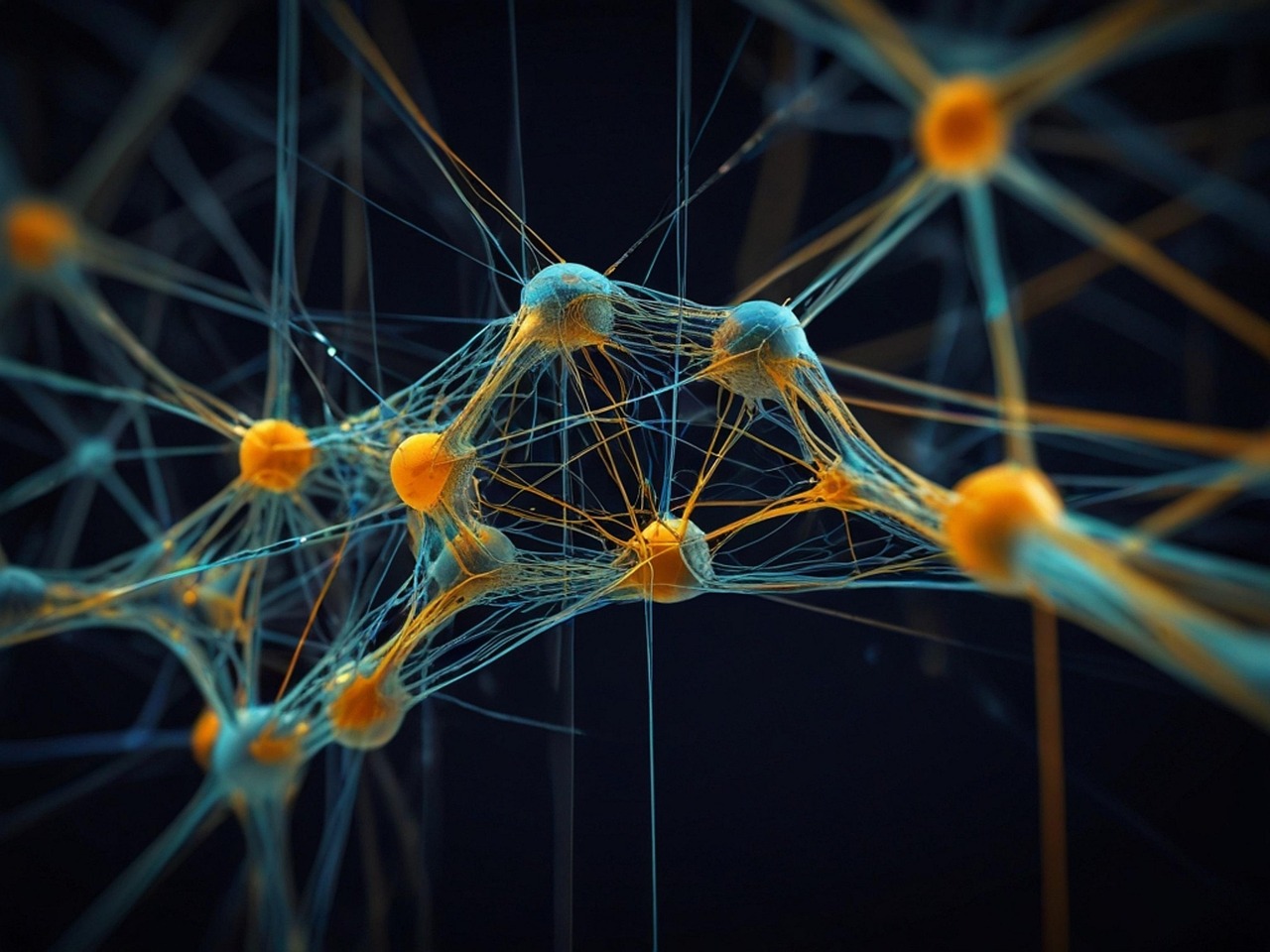
































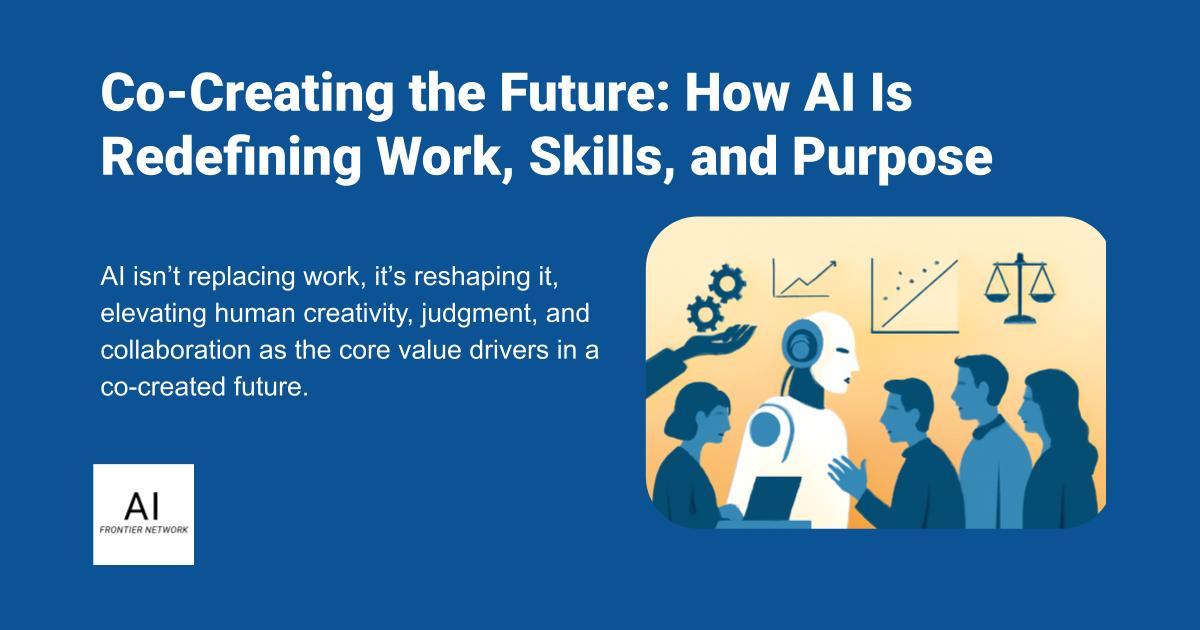















![[The AI Show Episode 156]: AI Answers - Data Privacy, AI Roadmaps, Regulated Industries, Selling AI to the C-Suite & Change Management](https://www.marketingaiinstitute.com/hubfs/ep%20156%20cover.png)
![[The AI Show Episode 155]: The New Jobs AI Will Create, Amazon CEO: AI Will Cut Jobs, Your Brain on ChatGPT, Possible OpenAI-Microsoft Breakup & Veo 3 IP Issues](https://www.marketingaiinstitute.com/hubfs/ep%20155%20cover.png)

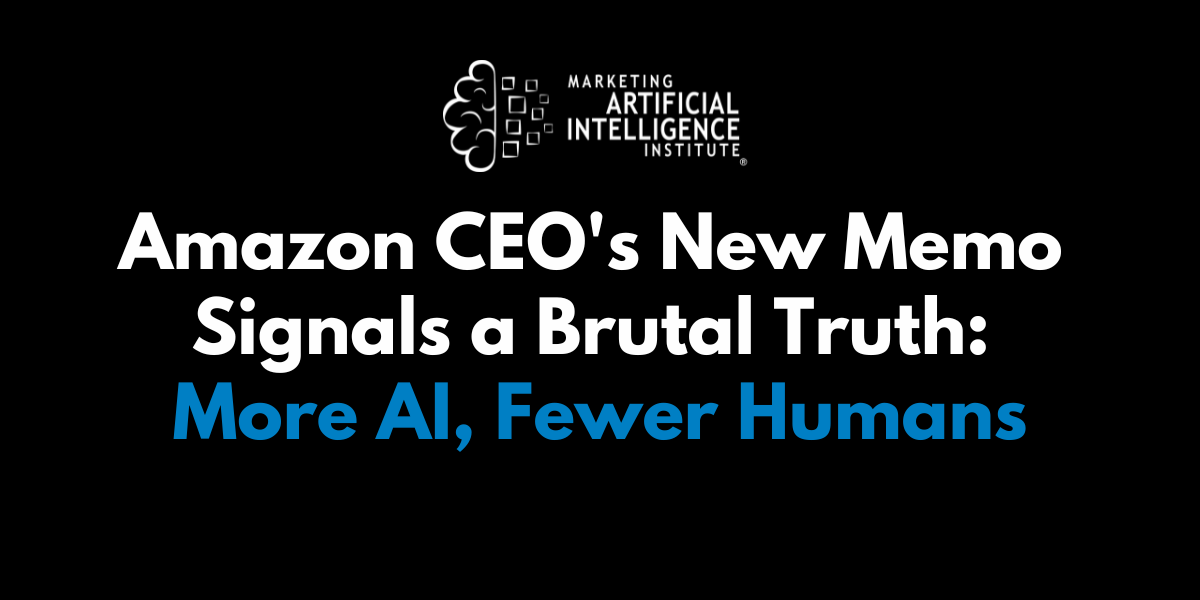




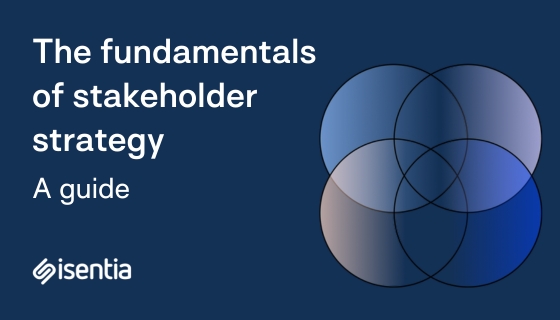






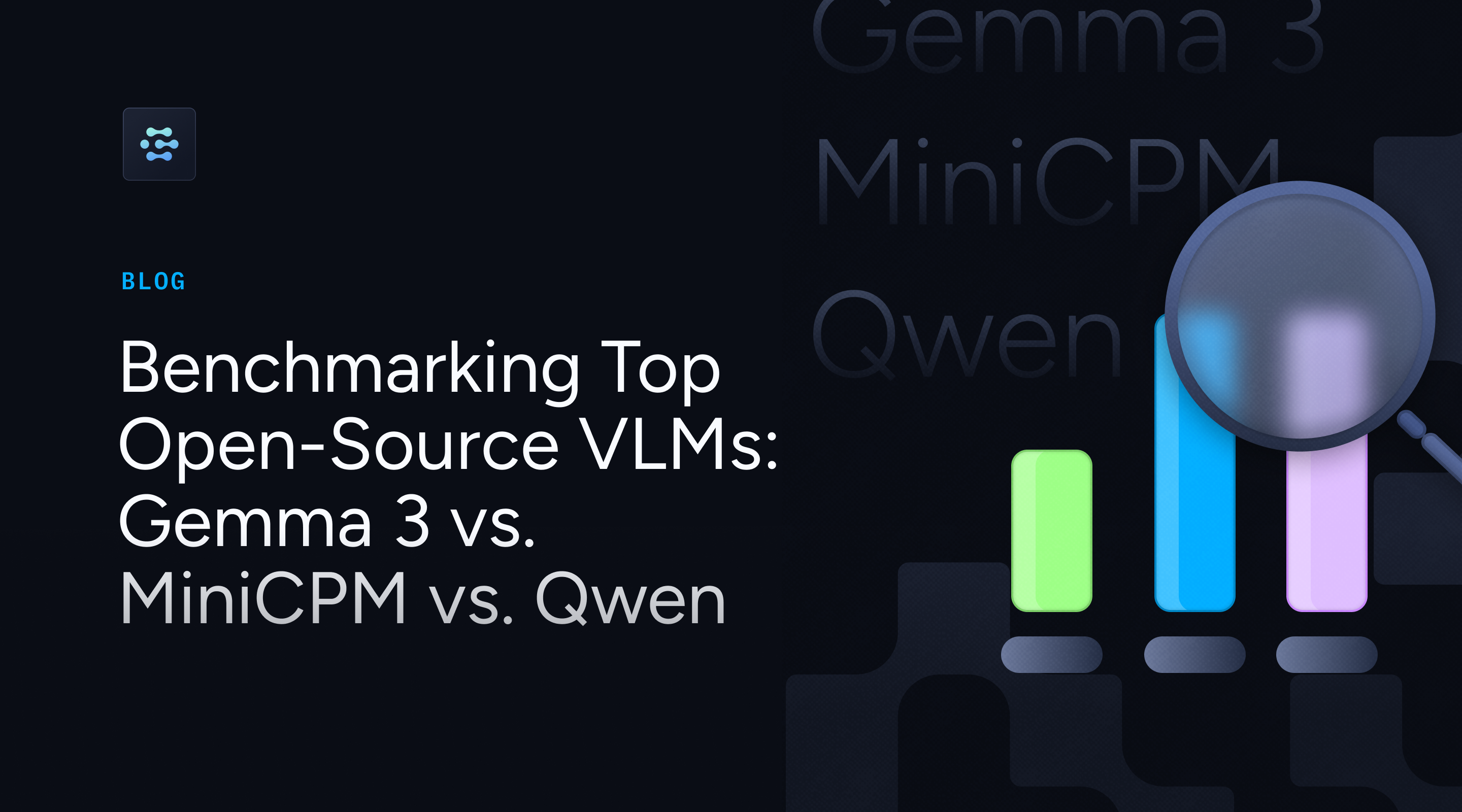



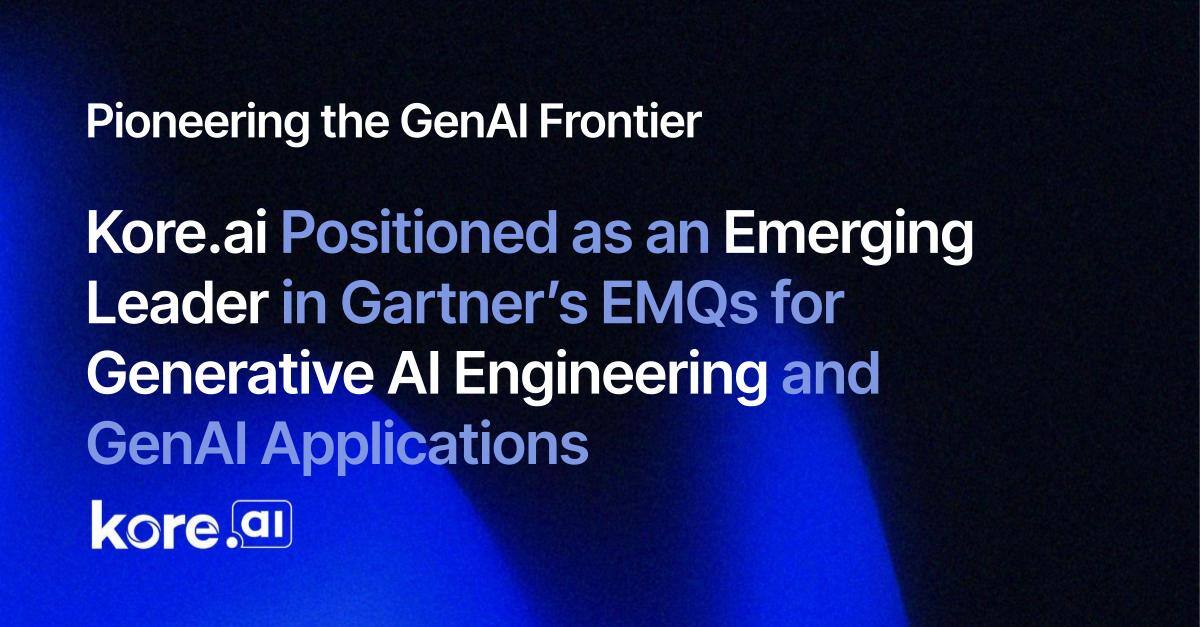






































































































![[DEALS] 1min.AI: Lifetime Subscription (82% off) & Other Deals Up To 98% Off – Offers End Soon!](https://www.javacodegeeks.com/wp-content/uploads/2012/12/jcg-logo.jpg)







































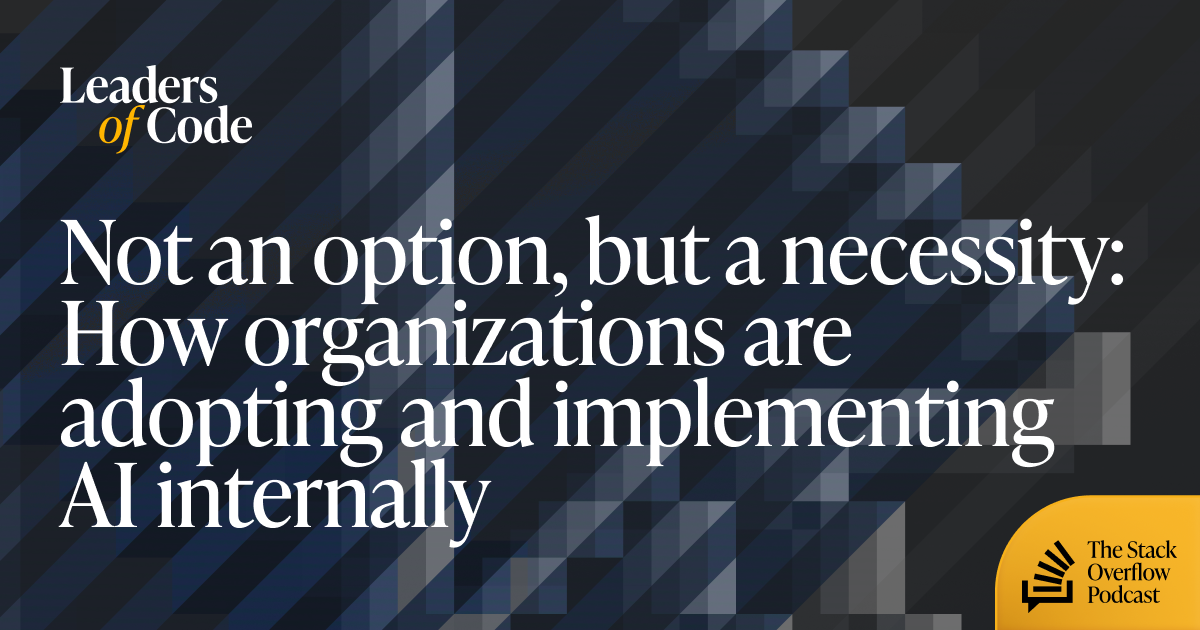













































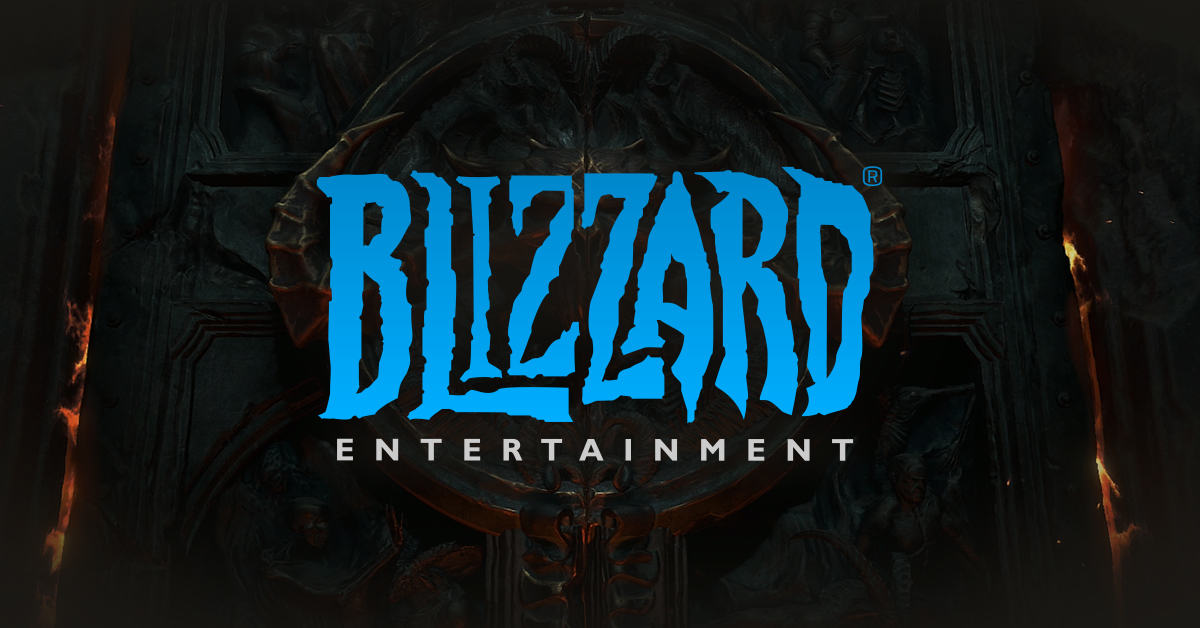


















































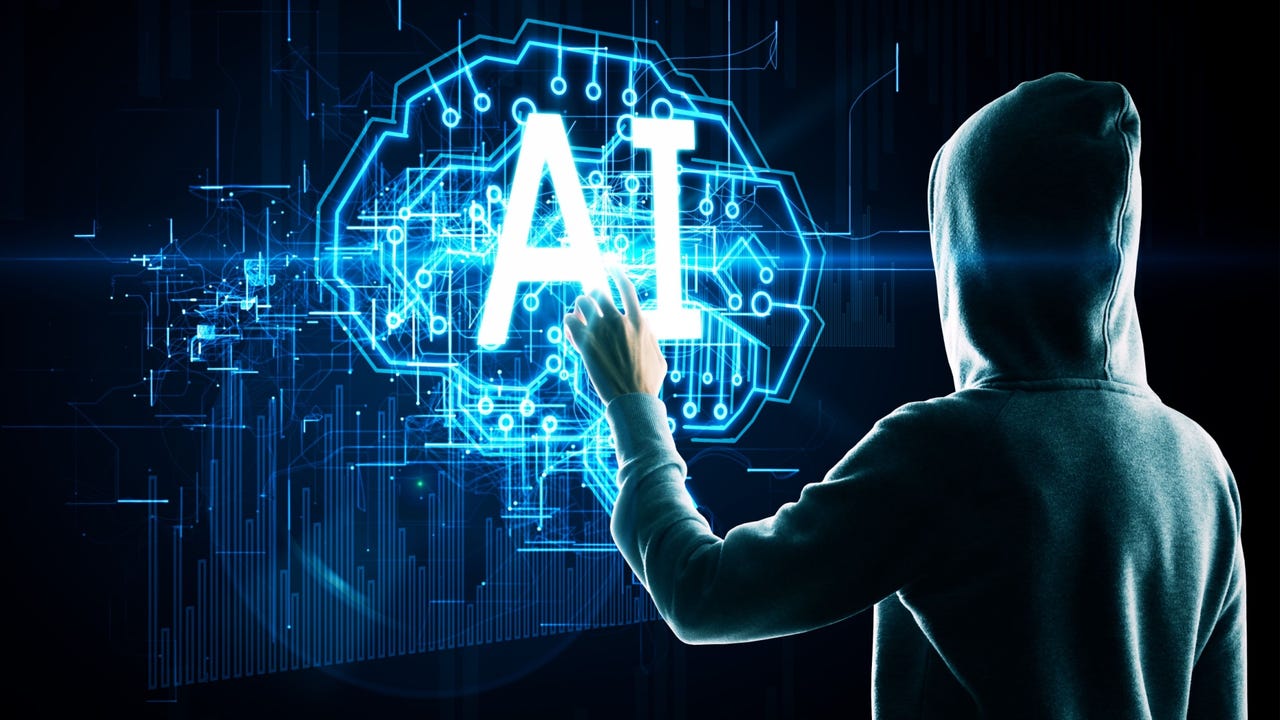




















































































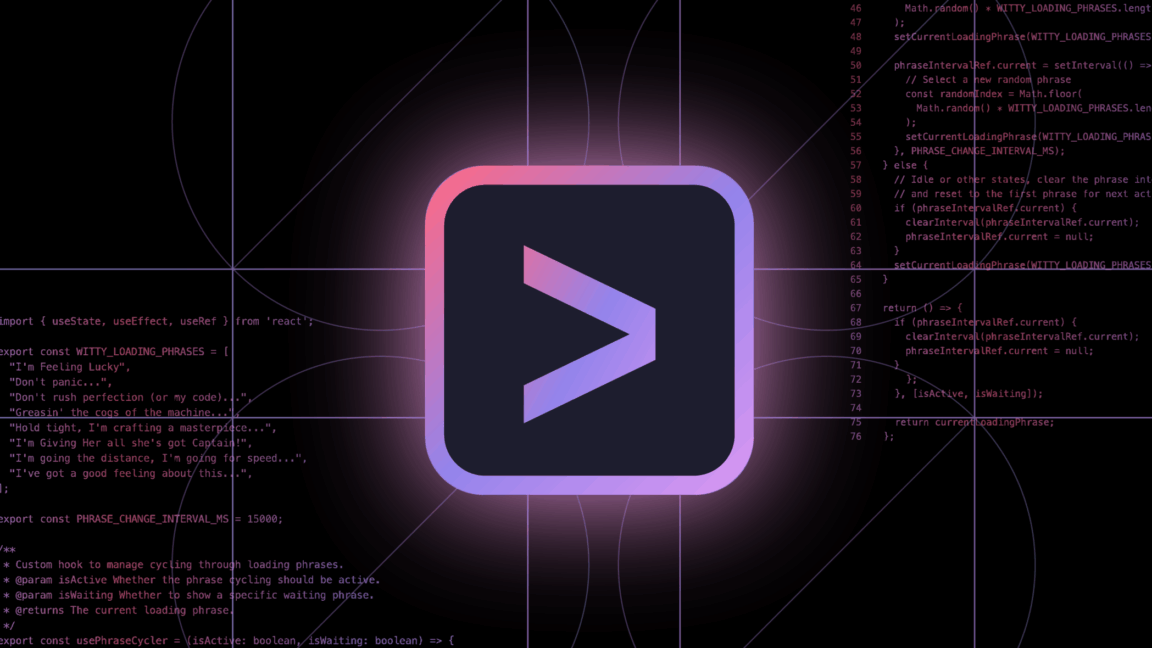



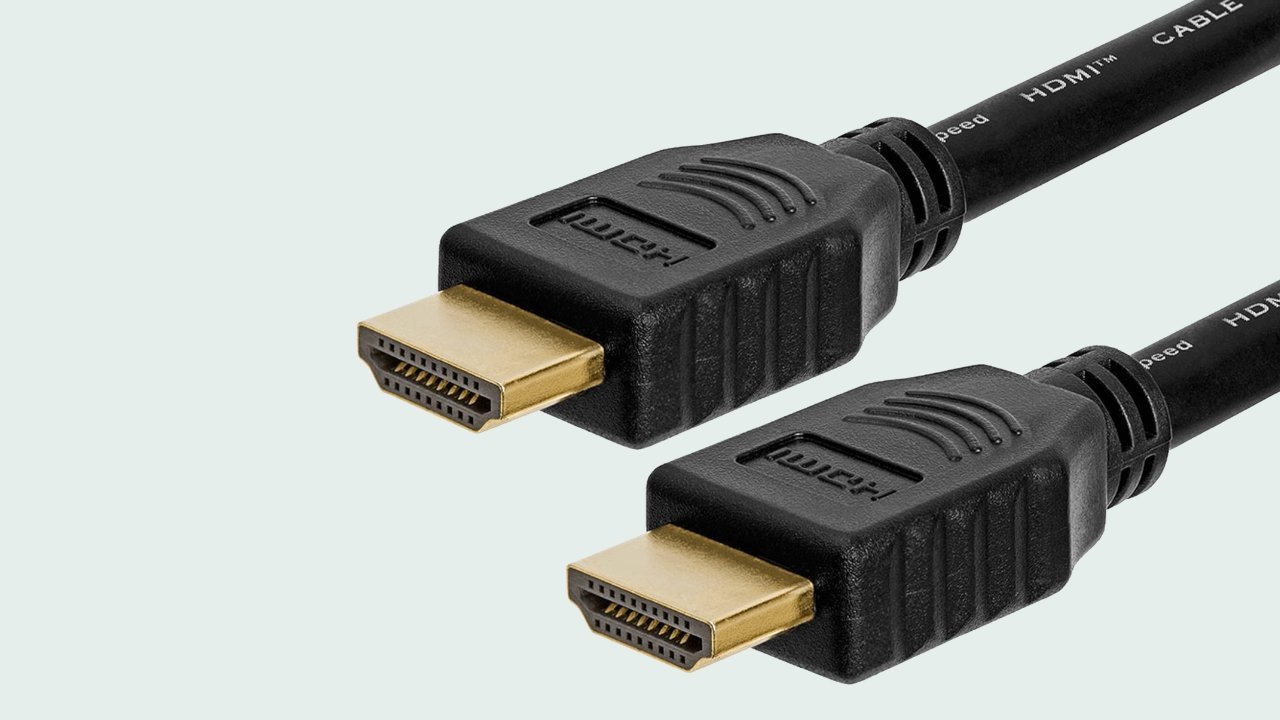






















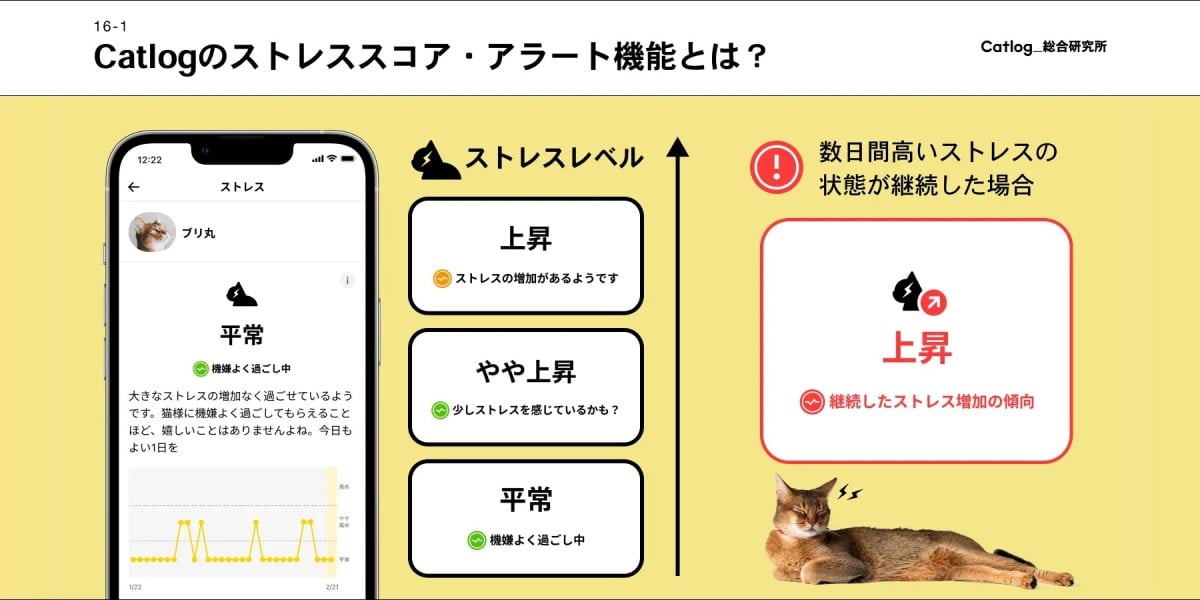




![Mercedes, Audi, Volvo Reject Apple's New CarPlay Ultra [Report]](https://www.iclarified.com/images/news/97711/97711/97711-640.jpg)























